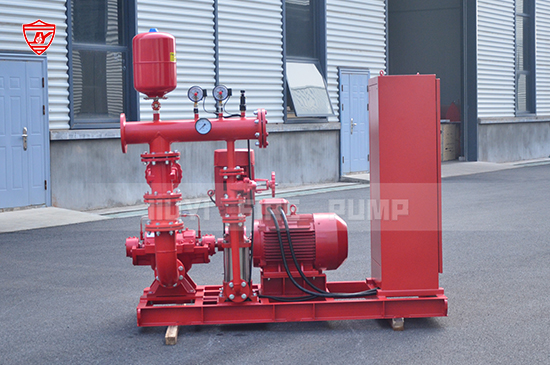When designing a fire protection system, the suction piping of a fire pump is often overlooked. However, improper suction design can drastically affect a fire pump’s ability to perform effectively during an emergency.
According to NFPA 20, suction piping must be designed to ensure smooth, unrestricted water flow. Poor suction design can cause issues such as air pockets, cavitation, and pressure losses—ultimately leading to reduced pump efficiency or failure during operation.

1. Pipe Sizing and Layout
Undersized pipes increase friction losses. Oversized pipes may trap air. The ideal pipe size minimizes turbulence and supports steady water flow into the pump.
2. Straight Pipe Length Before the Pump
To reduce turbulence, NFPA 20 recommends at least 10 pipe diameters of straight pipe leading into the pump. This stabilizes flow and reduces hydraulic losses.
3. Eliminate Air Pockets and Vortex Formation
Air pockets or vortices can cause cavitation, which damages pump impellers and disrupts system performance. Piping should be sloped and vented appropriately.
4. Avoid Excessive Fittings and Elbows Near the Pump
Sudden changes in flow direction close to the pump can create turbulence. Keep elbows and fittings at a distance from the suction flange to maintain laminar flow.
5. Use of Sump or Suction Tanks
When using a water storage tank or reservoir, ensure the suction design maintains positive suction pressure. Suction lift must be minimized or avoided altogether.
Even a UL-listed, NFPA 20-compliant fire pump cannot deliver its rated performance if suction piping is poorly designed. This could result in non-compliance, system failure, or compromised fire safety during critical moments.
A well-designed suction piping system ensures your fire pump operates efficiently and reliably when needed most.